Lady Granville's Beetle Parure
It's not a bug - it's a feature!
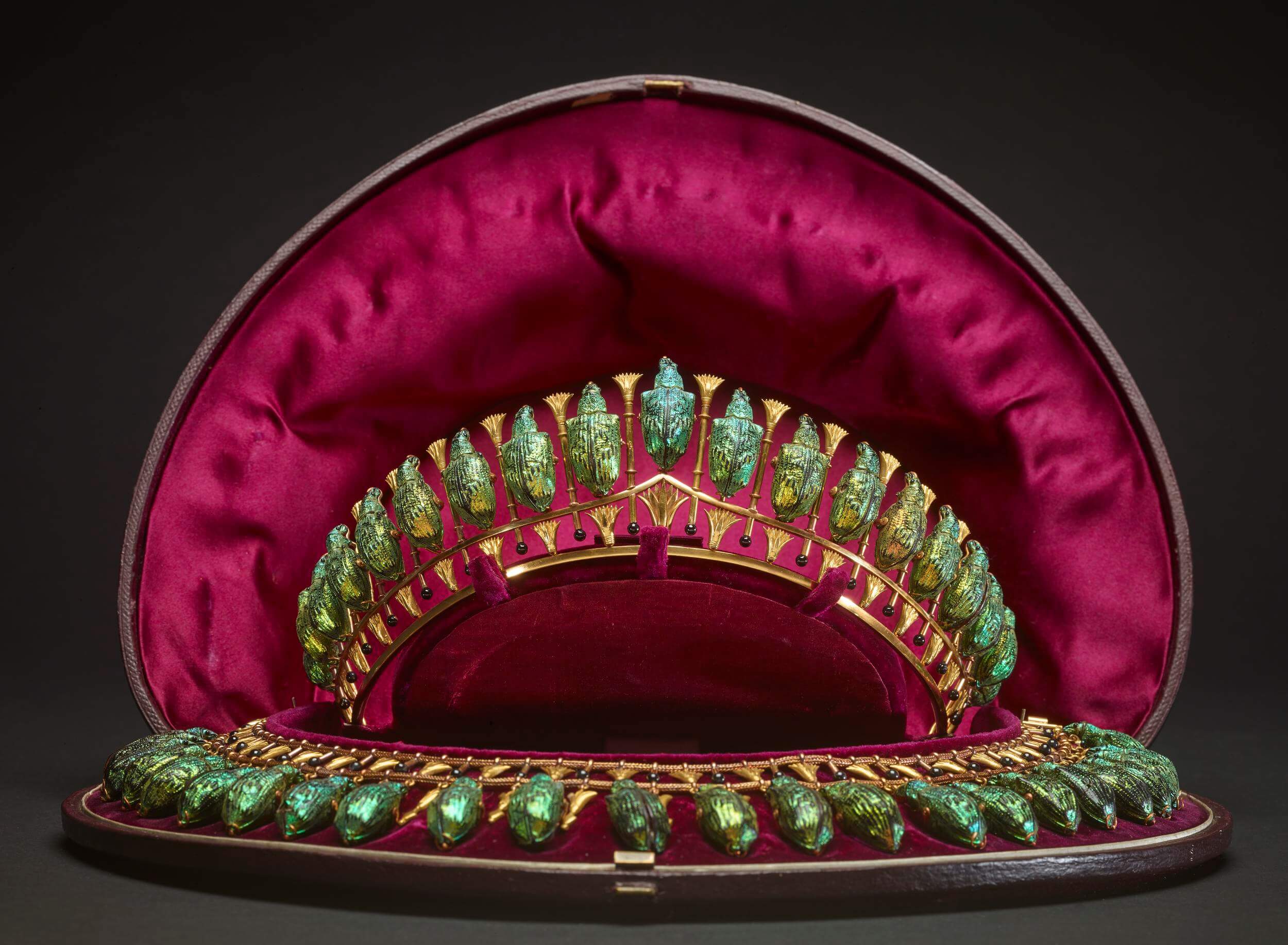
© The Trustees of the British Museum. Shared under a Creative Commons Attribution-NonCommercial-ShareAlike 4.0 International (CC BY-NC-SA 4.0) licence.
Imagine - you're an ambassador and you have just concluded a trade treaty with the Foreign Secretary of Britain. How best to mark this momentous occasion? By giving the Foreign Secretary's wife ... bugs. Weevils, to be exact. Lamprocyphus augustus, from South America. Just a quick note: the term beetle is often used to describe this parure and, while beetles and weevils are both part of the insect order Coleoptera, they are from different families in the order.
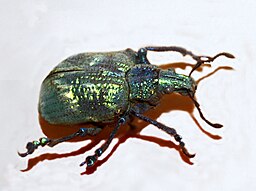
Hectonichus, CC BY-SA 3.0, via Wikimedia Commons
In a couple of ways, this wasn't so unusual. First of all, the treaty was with Portugal and, per the British Museum website,
"... granted exclusive navigation rights on the Congo River to Britain in exchange for British guarantees of Portugal’s control over the mouth of the Congo River, thereby closing off the vast interior of Central Africa to trade from other European states and giving Portugal a corridor between Mozambique and Angola."
This treaty caused big feelings all around. In Britain, there was the sense that this treaty wasn't looking out for British interests and other European powers were just generally pissed off about it. The gift of the shiny bugs, which were native to South America, where Portugal had some history, can be seen as an expression of Portugese gratitude, a little something something for doing the country a solid, especially in the face of international blowback. As usual, I'm here for the sparkly (or, in this case, shiny) jewels and not the weeds of history but you can read the notes from the British Museum that I'll link below or search for "Anglo-Portugal Treaty of 1884" if you are interested in learning more about the political nitty gritty.
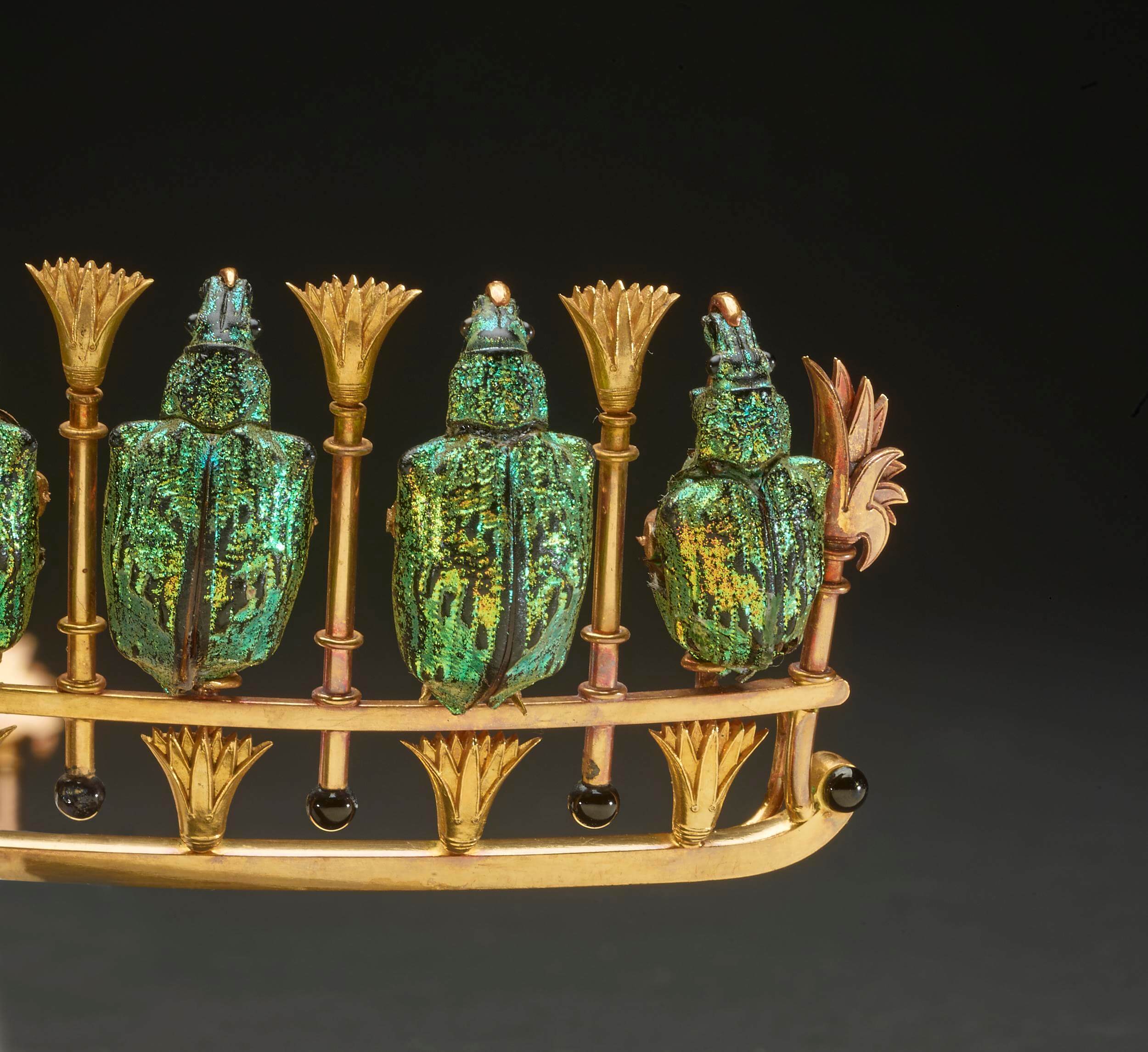
© The Trustees of the British Museum. Shared under a Creative Commons Attribution-NonCommercial-ShareAlike 4.0 International (CC BY-NC-SA 4.0) licence.
Another way in which this gift wasn't entirely out of left-field was that using scarabs or jewel beetles in jewelry was a popular late 19th-century thing. Iridescent beetle wings were even used to decorate clothing! Weevils were ... definitely a choice!
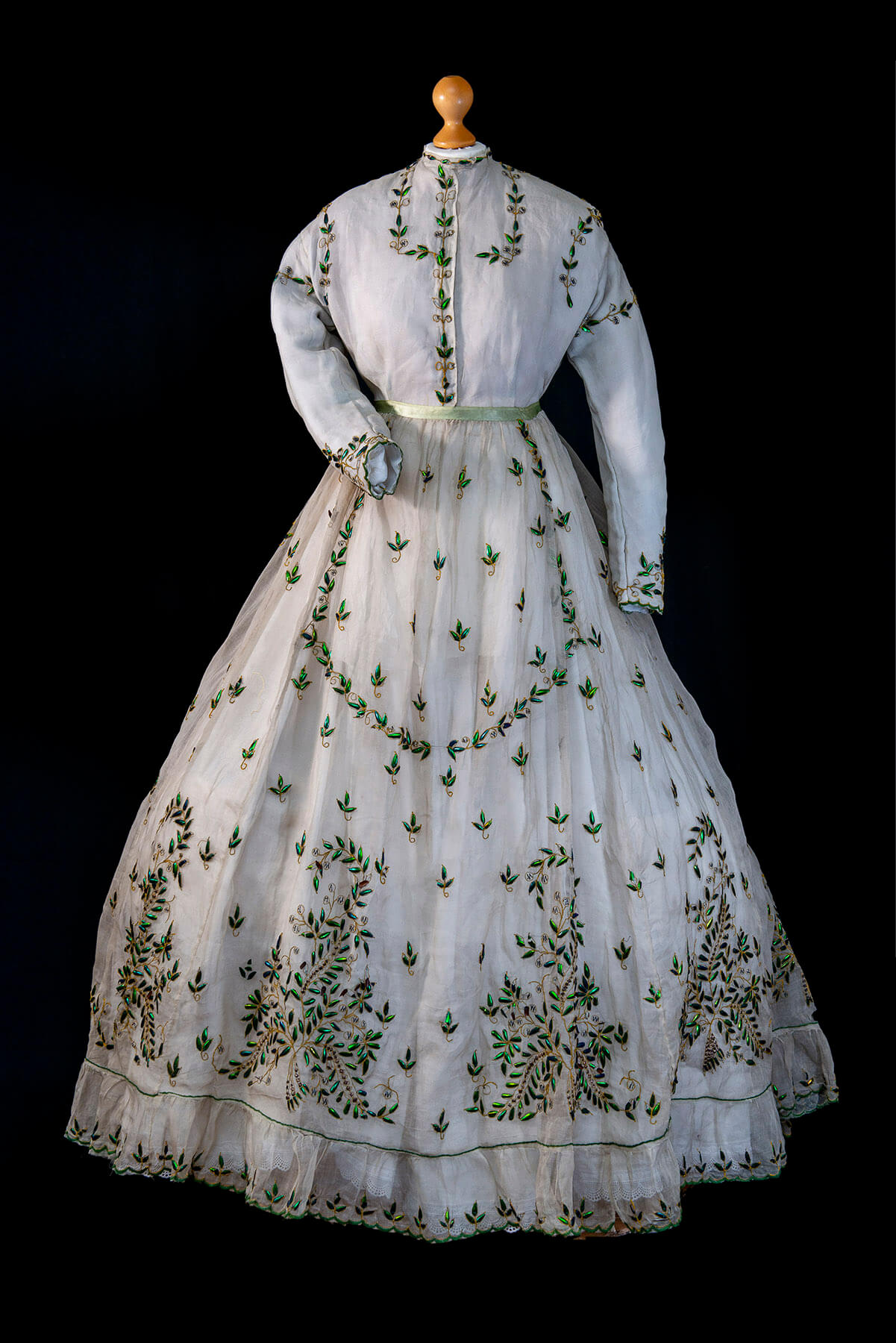
The ambassador had wanted to gift the Foreign Secretary's wife actual jewellery but the secretary was afraid that would smack of bribery so instead he accepted just the weevils. He commissioned Phillips Brothers of London to create a parure and they used the 46 weevil carapaces to make a tiara, necklace and earrings. They were set in gold and, bowing to the Victorian Egyptmania of the time, interspersed with lotus motifs. According to an article from J. B. Hawkins Antiques,
"The famous firm of Phillips of Cockspur Street established in 1839 were already well known for producing jewellery, in the neo-classical, Egyptian and neo-Renaissance styles and this parure is heavily influenced by antiquity. The form of the necklace, for example, is similar to the Classical fringe necklaces being excavated from archaeological sites in the Mediterranean. The tiara, which is decorated with stylised lotus motifs, is redolent of ancient Egyptian treasures. "
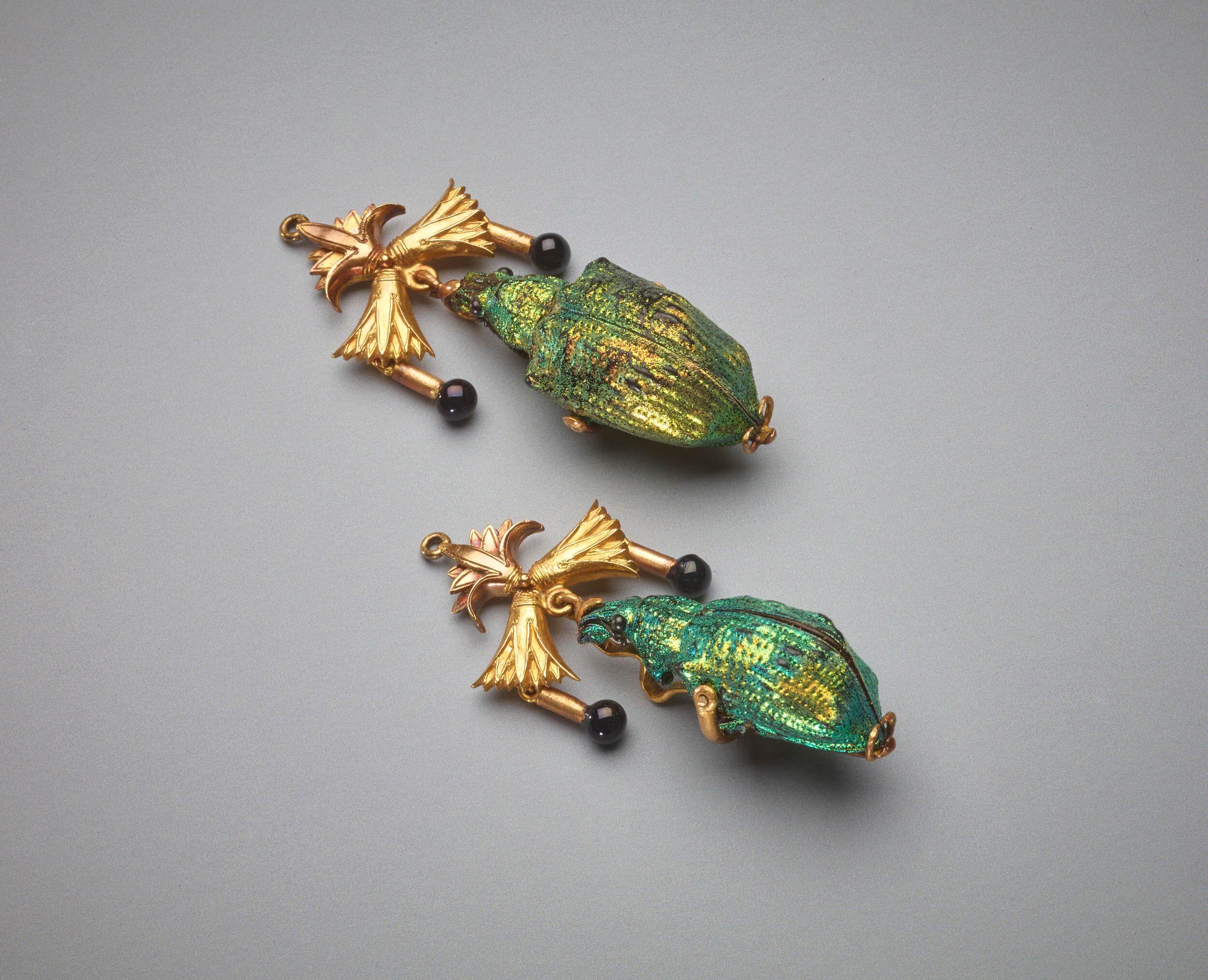
© The Trustees of the British Museum. Shared under a Creative Commons Attribution-NonCommercial-ShareAlike 4.0 International (CC BY-NC-SA 4.0) licence.
There is no record of what Lady Granville thought of her new jewelry suite. There is a comment on the British Museum's site that the shell's iridescence would have shone beautifully in candlelight. Also, I think you could have safely gone into a social situation without worrying that someone else was also wearing a beetle parure!
Just a final note - when looking up information on this I have read several people's comments wondering how the weevils are staying, um, fresh. These pieces aren't the actual bug, they are only the hard shell.

- British Museum - Lady Granville's beetle parure - lots of extra info in the description and curator's comments so be sure to expand those!
- Beetle-Wing Embroidery in Nineteenth-Century Fashion
- Victorian Egyptomania: Why Was England So Obsessed With Egypt?
- J.B. Hawkins Antiques - The Lady Granville Beetle Tiara
- What’s The Difference Between Beetles and Weevils?
- Lady Granville's Weird And Wonderful Beetle Parure, An Egyptian Revival Set Made Of Weevils! - YouTube short from Moon Honey Jewelry
When I first started using Zonelets I had Disqus set up as a commenting system but it looked obnoxiously ugly and I ditched it. Some people are happy to not have blog interaction but I'd love to hear from you if you have any thoughts you want to share! You can respond through my guestbook or email. If you found this link on Discord or the 32-Bit Cafe Discourse, you can message me there or leave a message on my Neocities profile page.